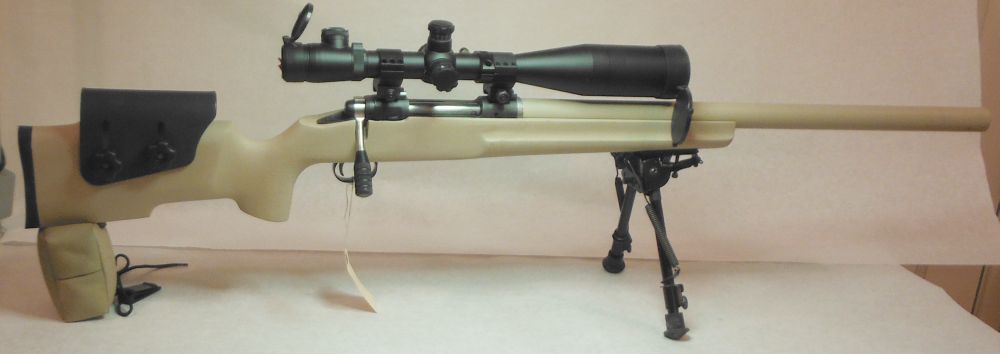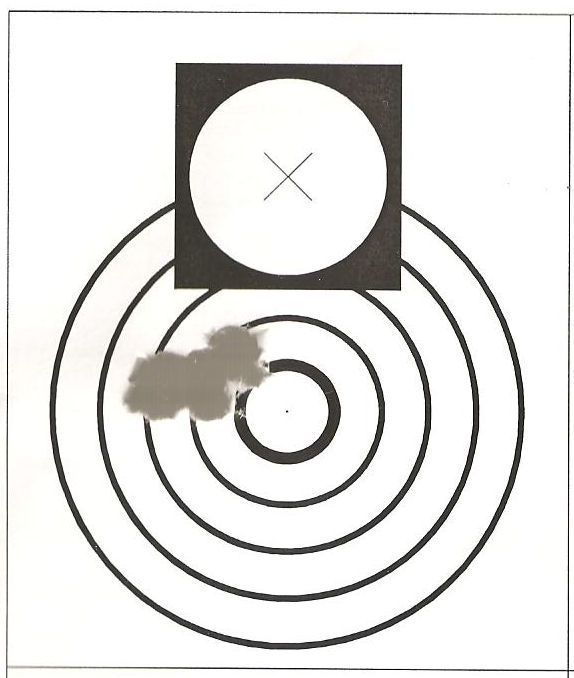I've noticed that all of newer bolt actions "bargain" rifles have a barrel nut attaching the barrel to the receiver. I'm sure this is done because it is cheaper. I don't own any of this type, but I've read that DIY guys can even change the barrel on a Savage in their garage without too much sweat.
...bug
- Could this be the future for bolt action rifles, even the high-end models?
- Are there any advantages to this type of fitting over conventional besides being cheap?
- Are any of these types of rifles showing up at serious target matches?
...bug



